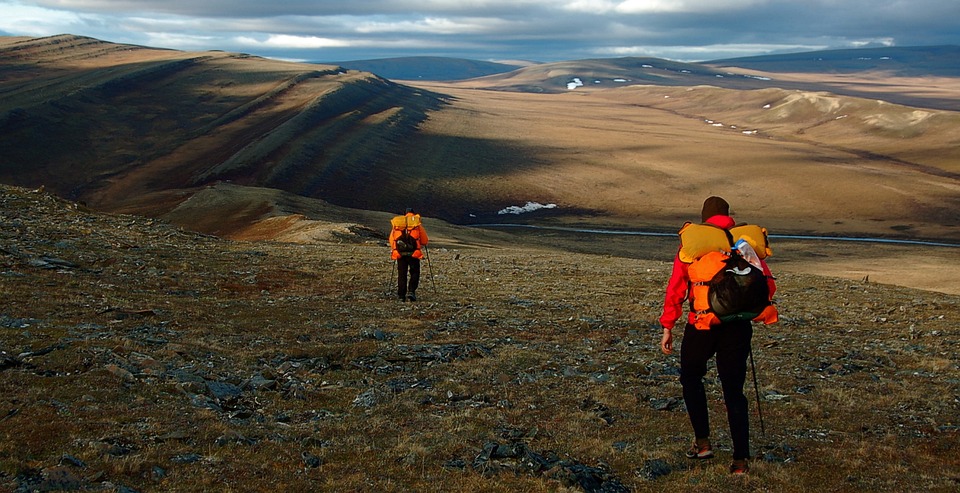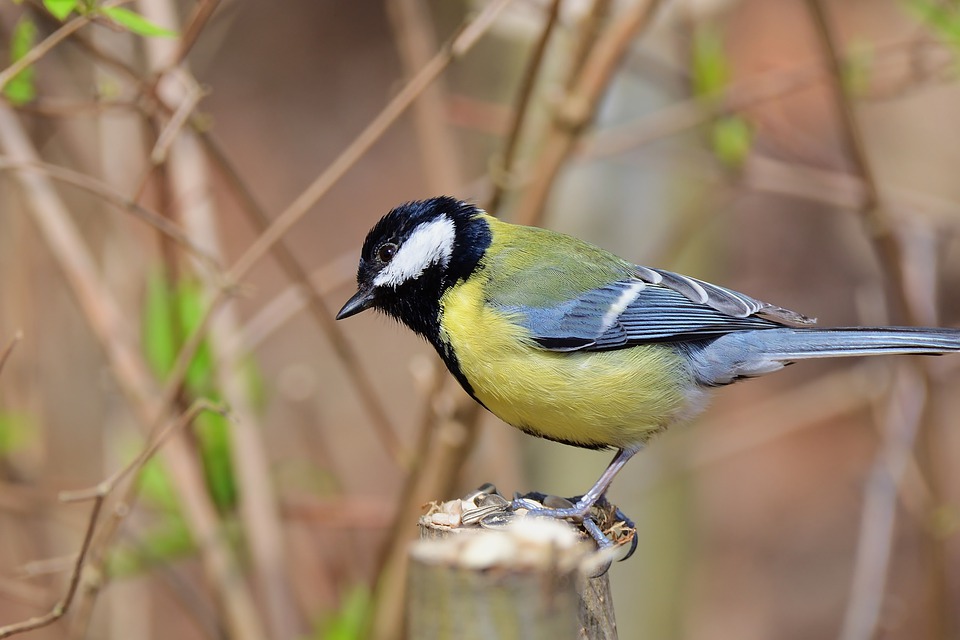Title: Tundra Tales: The Fascinating Folklore and Culture of Arctic Communities
Introduction
The Arctic is a realm of unparalleled beauty and stark contrasts, a land of incredible natural wonders and harsh winters, where the sun barely skims the horizon and vast ice sheets stretch as far as the eye can see. But beyond all of this, the Arctic is home to a wealth of rich and fascinating cultures, each with their own unique folklore, traditions, and stories that have been passed down through generations.
The folklore of the Arctic is a captivating blend of indigenous beliefs, superstitions, and legends shaped by the awe-inspiring landscape and the challenges faced by these communities. Many Arctic stories and myths revolve around nature, animals, the spirit world, and shamanism—the spiritual connection between the natural world and the people who inhabit it.
The diverse indigenous communities of the Arctic contribute to its rich tapestry of folklore. These include, but are not limited to, the Inuit in Canada and Greenland, the Sami in Scandinavia, the Nenets of Russia, and the Saami of Norway and Sweden. Although these cultures share some similarities, each community has unique folklore, customs, and traditions that distinguish them from one another.
Inuit Folklore
The Inuit, an indigenous people native to the Arctic regions of Canada, Greenland, and Alaska, have a treasured collection of folk tales that center around their interaction with nature, animals, and the spirit world. Wolf hunting, an essential activity for Inuit survival, has led to some of the most popular tales featuring the cunning wolf, one of the most revered Arctic animals.
In their mythology, one finds stories about the Old Man in the Sky, who governs sea animals and the weather. Your attention is most likely to be grabbed by tales of Sedna, the goddess of the Sea, her moods impacting the livelihood of the Inuit fishermen. These vibrant stories often offer insight into the intricate relationship between the Inuit and their environment.
Sami Folklore
The Sami people of Scandinavia, with their nomadic reindeer herding lifestyle, possess a distinct folklore that mirrors their connection to the land and its creatures. The Sami worldview holds a profound respect for the reindeer, an animal central to Sami culture. Stories depicting the reindeer’s significance can be found throughout their folklore, showcasing the symbiotic relationship between the people and their herds.
The Sami spiritual belief system is centered around the idea of a wandering spirit. Their legends speak openly about the bond between human beings and the land, animals, and the Otherworld. One folk tale tells of the world tree, which connects the various inhabited realms and is inhabited by powerful guardians.
Nenets Folklore
Nenets folklore, passed down by the semi-nomadic reindeer herding people of Russia, captures their way of life and their affinity with their surroundings. The Nenets’ spiritual connection to nature is evident in their myths and legends, which often depict shamans acting as mediators between the human world and the spirit realm.
One of the most iconic Nenets tales is that of the Mythical Mammoth, a reminder of their ancestral roots and history as hunters. These stories serve as a testament to their resilience and ingenuity, illuminating how they’ve adapted to their environment and thrived across generations.
Saami Folklore
The Saami people of Northern Europe share many cultural similarities with their Sami cousins, yet their folklore tells a unique story. Spirit creatures like the Haldi, a shape-shifting trickster, and the Haug – a Viking-era ghost drowned at sea – enliven Saami folklore and reveal their profound spiritual connection to the land and sea.
A tribute to their deep bond with nature and animals, Saami tales often highlight the reindeer. Their close relationship with this animal is nurtured and celebrated, even illustrated through the concept of the ‘Reindeer Dance,’ a spiritual practice performed during the summer solstice.
Key Takeaways:
1. The Arctic folklore is a vibrant collection of culturally rich stories, myths, and legends shaped by harsh climates and the omnipresent struggle for survival.
2. Each Arctic community boasts its unique folktales that reflect their distinct interaction with nature and the spirit world.
3. Folklore serves as a historical chronicle, preserving time-honored wisdom and cultural identity in the face of modernization.
4. The Arctic folklore carries environmental themes serving as, perhaps, subtle reminders about sustainability and the need to co-exist respectfully with the natural world.
(Image depicting traditional costumes or artifacts of Inuit, Saami, Sami, and Nenets cultures)
FAQs:
Q: How is Arctic folklore passed down through generations?
A: Traditionally, these stories were passed down orally from elders to younger generations, often through daily stories or special festivals and gatherings. Nowadays, they’re preserved in written form, films, and other cultural expressions.
Q: What role do animals play in Arctic folklore?
A: Animals, particularly those crucial to Arctic survival like the wolf, reindeer, and polar bear, are central in Arctic folklore. They often serve as symbolic figures, reflecting either well-regarded virtues, like strength and resilience, or vices, like cunning and deceit.
Q: Are there any links between Arctic folklore and western culture?
A: While Arctic folklore stands on its own, elements, such as the concept of spirits in nature or animals representing more significant meanings, can also be found in broader global mythologies and tales.
Q: How does folklore contribute to the culture of Arctic communities?
A: Folklore plays a vital role in preserving and fostering the identity, traditions, and history of Arctic communities. It helps foster a sense of unity and continuity among generations and aids in maintaining a connection with their ancestral land.



